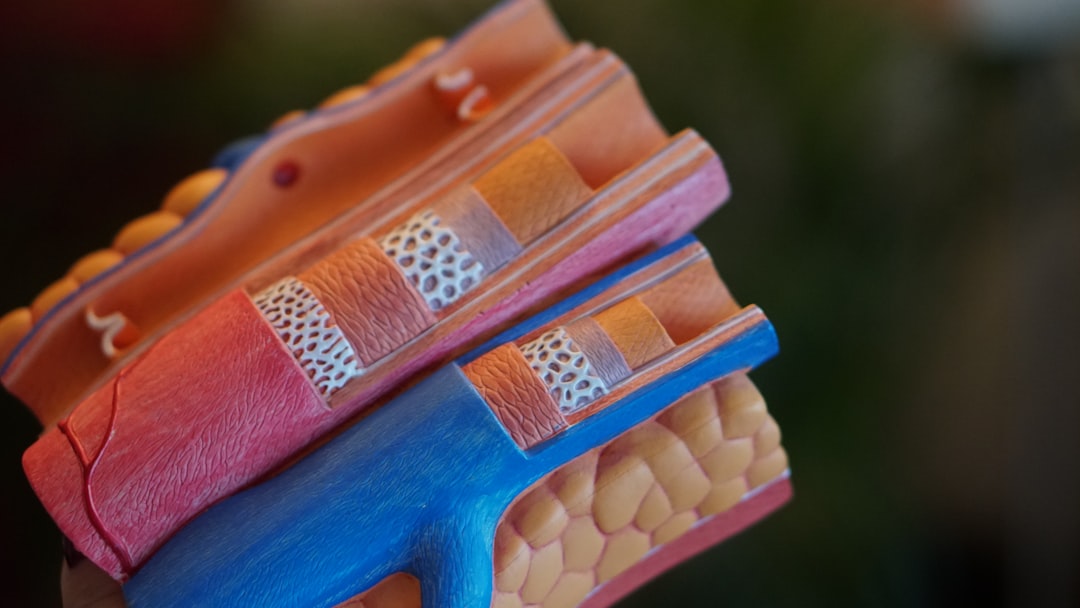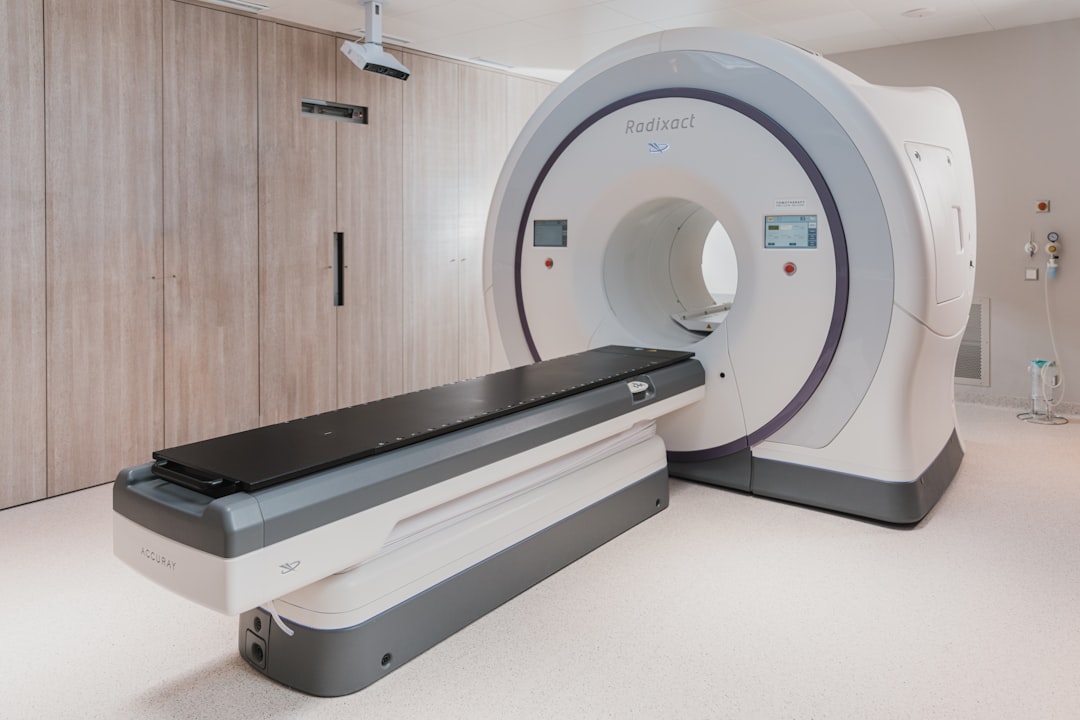What is it about?
We describe the population structure and genetic diversity of the two most numerous goat breeds in Greece, based on ~50K genetic markers (Single Nucleotide Polymorphisms - SNPs) dispersed throughout goat’s genome. We compared our data to those from 45 breeds reared worldwide, to assess geneflow patterns through the transit of goats from their putative center of domestication to Europe, both from the Danubian corridor and the Mediterranean basin, and also to assess whether admixture with cosmopolitan breeds has occurred in Greek breeds. Moreover, we present for the first time in Greek breeds a panel of candidate markers (SNPs) that can be exploited in future selective breeding programs for traceability purposes, targeted genetic improvement schemes and conservation strategies.
Featured Image

Photo by Daria Kraplak on Unsplash
Why is it important?
Goats play an important role to the livestock sector worldwide, both as a source of food, as well as a significant source of income. However, in many countries cosmopolitan breeds have dominated national herds, transforming locally well-adapted populations. Therefore, in light of environmental and climatic changes, strategies are planned to preserve local biodiversity and breeding of resilient animals. To this end, our work aims to help and strengthen the creation and preservation of purebred nuclei, which is of paramount importance as selected animals can be used in targeted breeding schemes utilizing their unique genetic resources.
Perspectives
Having the chance to unveil genetic information and verify domestication theories by genomic data was a fascinating journey. This work sets the base for future studies related to conservation of autochthonous breeds and preservation of local biodiversity.
Sofia Michailidou
Centre for Research and Technology-Hellas
Read the Original
This page is a summary of: Analysis of genome-wide DNA arrays reveals the genomic population structure and diversity in autochthonous Greek goat breeds, PLoS ONE, December 2019, PLOS,
DOI: 10.1371/journal.pone.0226179.
You can read the full text:
Contributors
The following have contributed to this page










